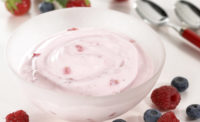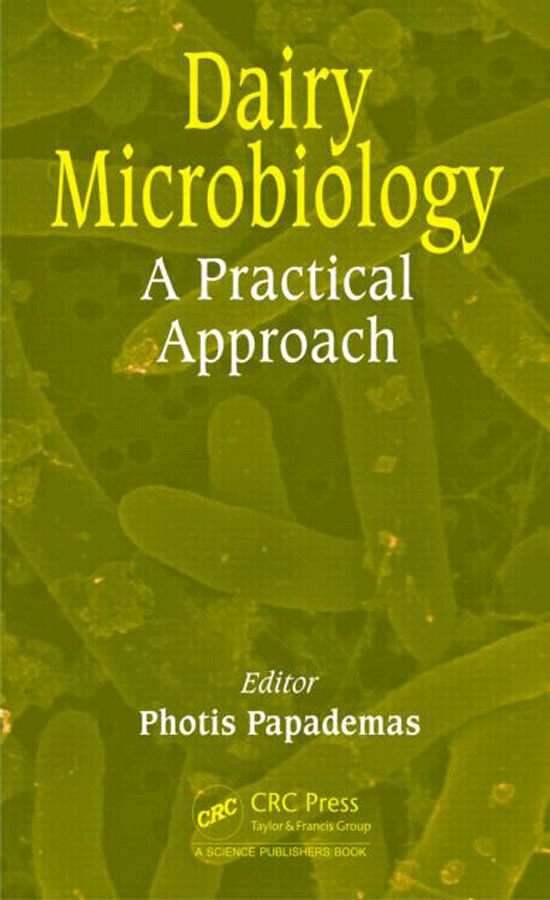Prebiotics offer a range of health benefits
While probiotics have caught on with a fury, prebiotics lag in recognition by the general public and health professionals.

While Today’s Dietitian listed “Probiotic Push” as one of the hot nutrition trends for 2016, their synergistic partners, prebiotics, have not gained as much traction with either consumers or health professionals.
But the body of evidence on the health benefits of prebiotics continues to grow. Promising areas of research include enhancing digestive health, managing blood glucose, preventing allergies and decreasing metabolic disorders.
In a paper published this February, Robert Hutkins wrote, “A major challenge for gut health scientists is how to best educate and inform other stakeholders about prebiotics. Having a definition that accurately describes prebiotics and is agreed upon by the scientific community is an essential first step.”
The same paper showed low awareness of prebiotics. Only 11% of consumers and 22% of health care providers were familiar with prebiotics.
Although prebiotics were defined 20 years ago, there continues to be significant debate over the exact definition of a prebiotic. In 1995, prebiotics were defined as “a nondigestible food ingredient that beneficially affects the host by selectively stimulating the growth and/or activity of one or a limited number of bacteria in the colon, and thus improves host health.”
Early research focused on lactulose, galacto-oligosaccharides (GOS), and the fructans, including chicory root fibers (inulin). Newer rationales suggest that resistant starch, pectin, other fibers and milk oligosaccharides also have a prebiotic effect.
Authorized health claims
Earlier this year, the EU Commission authorized two health claims for inulin. One official wording of these European Food Safety Authority article 13.5 health claims is: “chicory inulin contributes to normal bowel function by increasing stool frequency” and was exclusively approved for Beneo inulin.
The other reads “consumption of food/drinks containing inulin/oligofructose instead of sugars induces a lower blood glucose rise after their consumption compared to sugar-containing foods/drinks.”
“Prebiotic effects of chicory root fibers have been documented for dosages from as low as 5 grams per day,” said Anke Sentko, vice-president regulatory affairs and nutrition communication, Beneo-Institute.
The EU claim for digestive health was based on a dosage of 12 grams per day, which may be divided into several portions taken during the day. The blood glucose response showed improvement at a dosage of 20% sugar replacement with inulin and oligofructose.
Other promising research
The prevalence of allergic disease has increased for the past few decades, and prebiotics in infant formula may prevent sensitization of infants to dietary allergens. A 2016 World Allergy Organization guideline panel suggests using prebiotic supplementation in non-exclusively breastfed infants for the prevention of allergy.
Alterations in gut microbiota composition are associated with increased adiposity, systemic inflammation and oxidative stress, and they are regarded as one of the most probable factors in the development of metabolic dysfunction.
A recent paper suggested that a combination of probiotics and prebiotics might stimulate insulin signaling and lower cholesterol, thus helping to ameliorate type 2 diabetes and cardiovascular disease. Further trials are warranted to evaluate specific probiotics and prebiotic combinations.
Antibiotic treatment may lead to an overgrowth of Clostridium difficile, which manifests as diarrhea and may progress to a life-threatening condition. Pairing with selected Bifido strains, researchers found that short-chain fructo-oligosaccharides, but not inulin, significantly reduced the growth of this pathogen.
Formulation tips for dairies
For most products, a short-chain chicory root fiber works best. This invisible fiber is a soluble prebiotic that can be used by food and beverage makers without affecting the taste or texture of the final product.
“Dairy examples where short-chain inulin works well include fluid milk, yogurt, drinkable yogurt and ice cream,” said Carol Lowry, senior food scientist, Cargill. “For Greek yogurt and cheese, a longer-chain chicory root fiber product that is insoluble is suggested. Because short-chain chicory root fiber is water-soluble, it would be lost in the liquid that is removed from Greek yogurt or the whey that is drained in cheese production.”
Regulations on how prebiotic benefits can be claimed will vary by country.
“Claims for inulin similar to the EU-approved health claims for inulin that are supporting a normal body function and supporting a healthy nutrition are classified as Structure/Function claims in the United States,” said Sentko.
As consumers and health professionals expand their understanding of the role of the microbiome, we may see more interest in prebiotics and part of the gut health package.
Looking for a reprint of this article?
From high-res PDFs to custom plaques, order your copy today!









